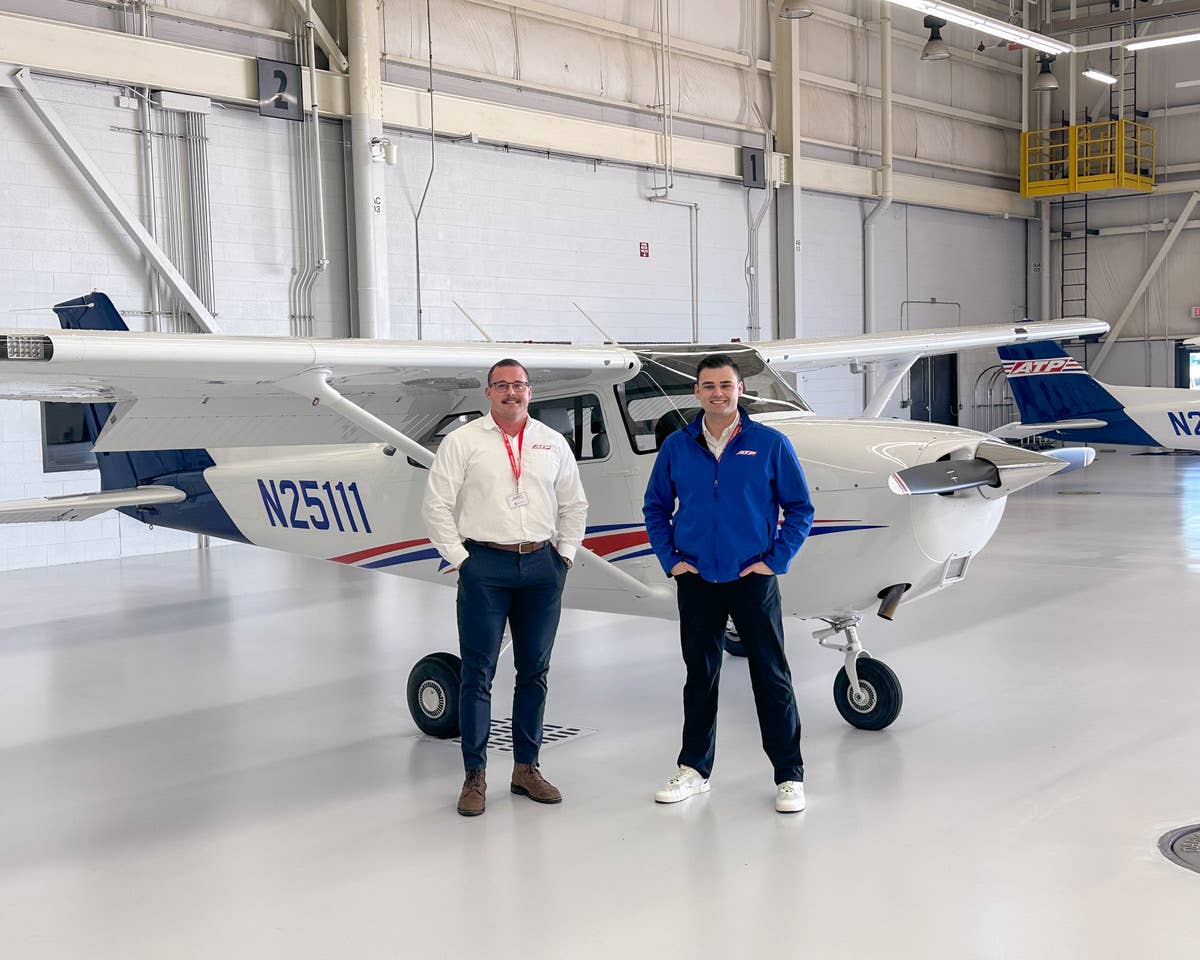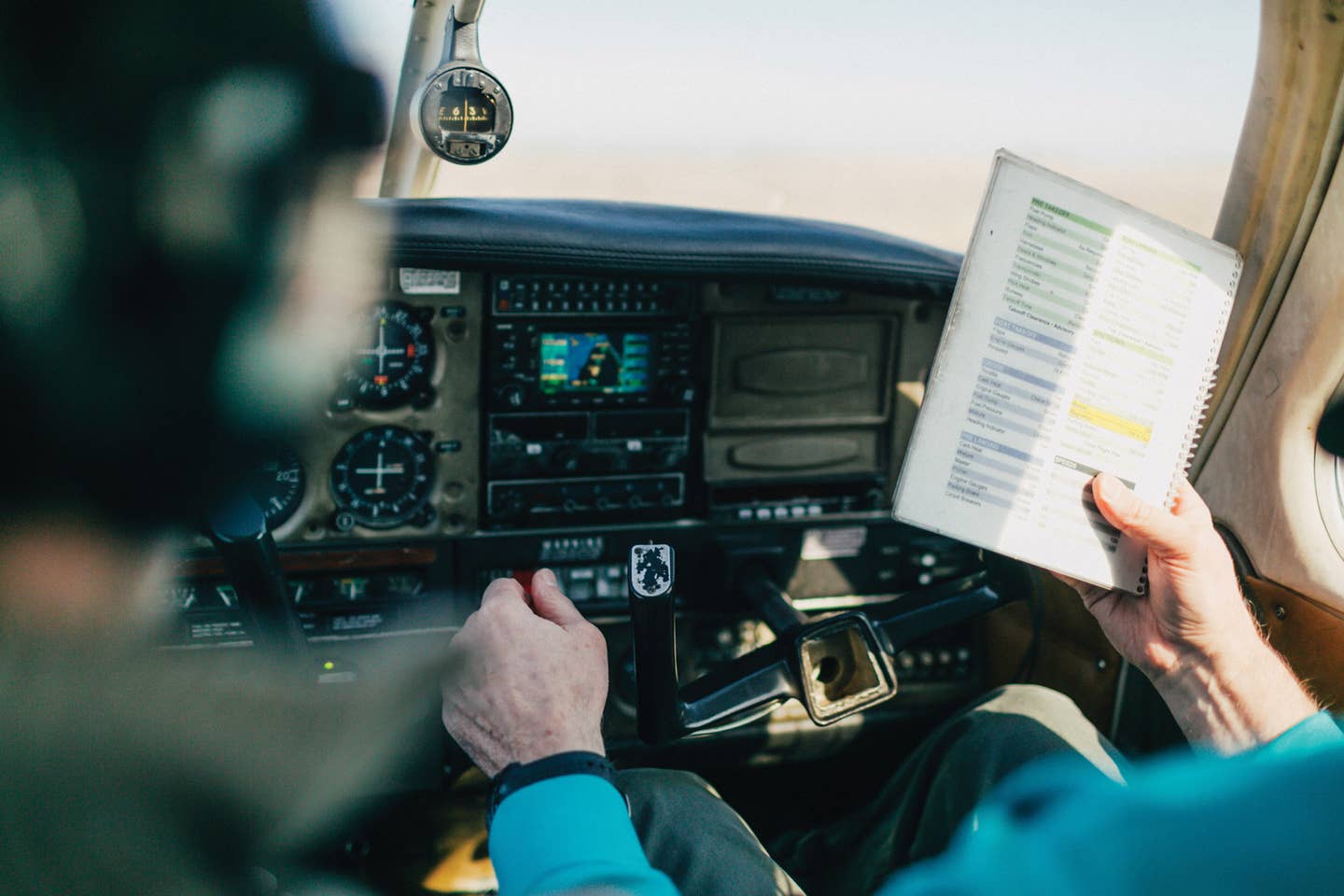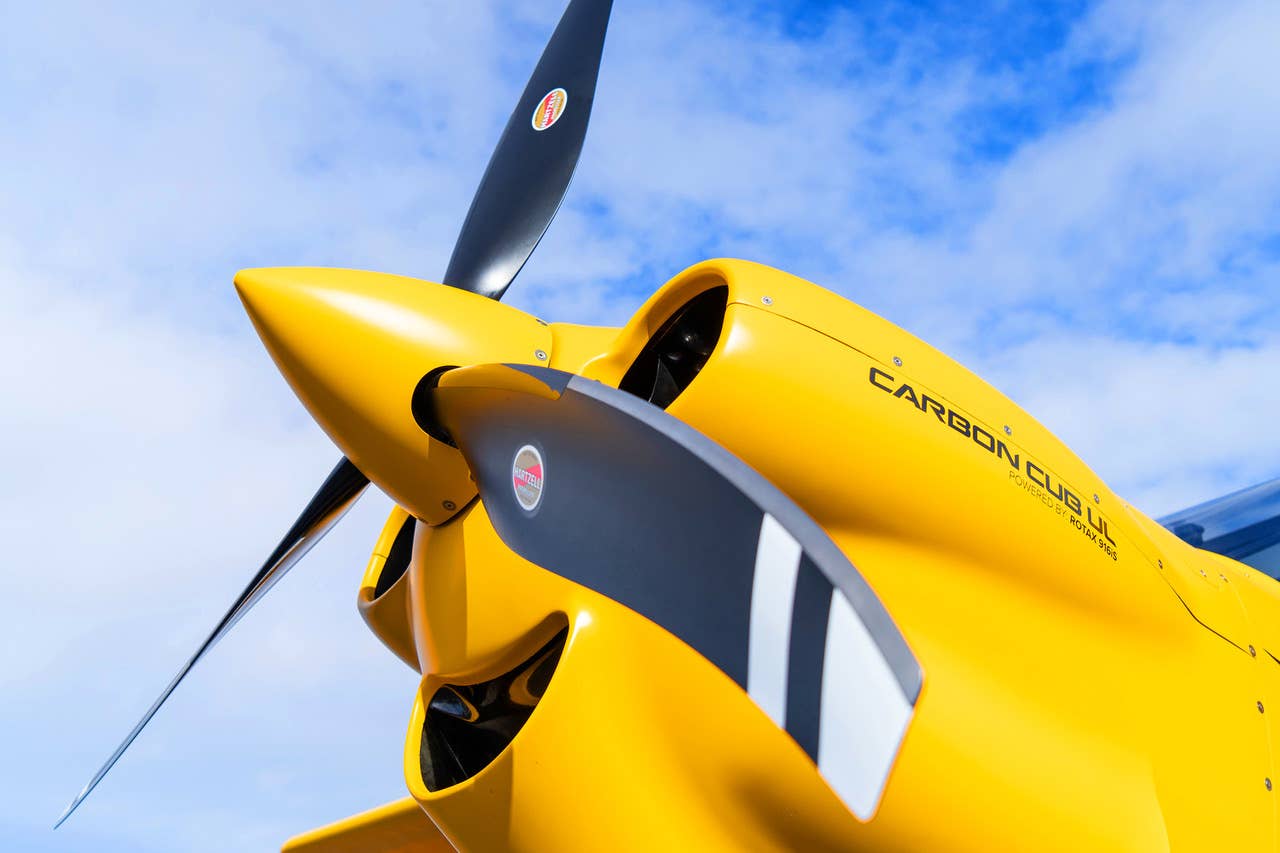Wake Up To Wake Hazards
NTSB investigations offer reasons not to be complacent about wake turbulence
 |
The potential effects of a wake turbulence encounter are routinely covered during pilot training. Some flight instructors even have students perform a 360-degree turn while maintaining altitude, just so that the airplane will fly through its own wake; the student will feel the bumps and never forget that every airplane creates some level of wake turbulence. It used to be called "prop wash." Now, we know that it's really a result of counter-rotating vortices generated at the wing tips. The larger and heavier the aircraft, the more violent the wake. Add thrust stream turbulence from powerful jet engines, even on the ground, and you have a recipe for a rough ride if your aircraft is in the wrong place at the wrong time. In some cases, rolling moments induced by wake vortices can exceed the control authority of the encountering aircraft. In a few recent investigations, the NTSB found that wake turbulence encounters are still claiming victims.
PA-28R-200
It was about 2:38 on the afternoon of July 27, 2013, when a Piper PA-28R-200 Arrow went down in Lake Michigan, about 1.2 miles east of Cudahy, Wis. The airline transport pilot and his passenger were killed, and the airplane was destroyed. The airplane had been on a VFR flight from Racine, Wis., and was inbound to General Mitchell International Airport at Milwaukee.
Milwaukee ATC notified the coast guard and other authorities that the airplane had disappeared from radar. A search-and-rescue operation was conducted, and about 30 minutes later, the wreckage was located by divers in the lake about 3.2 miles east of the airport.
The pilot had been receiving VFR flight following from Milwaukee Approach. He had been given vectors to fly east over the lake and then was turned to the north. He was sequenced behind an MD-80 jet airliner and was 1.4 miles in trail. Then, radar contact was lost, and the controller was unable to raise the pilot on the radio.
At 2:36:25, the controller instructed the pilot to turn right heading 090 and advised, "There is traffic just to your, ah, 12 o'clock and about two miles descending out of two thousand three hundred, an MD-80." The traffic was Delta flight 931. The pilot replied, "All right, I can go down lower if you like." The controller responded, "Negative, I need you just to turn out of there, then I'll get you northbound as soon as I can." The pilot then stated, "Okay, I've got them in sight." The controller replied, "Thank you, just pass behind that traffic, and then you can proceed northbound as requested." The pilot responded, "All right."
According to the radar data, the flight path of the Arrow crossed the flight path of the Delta MD-80 at 2:37:51. The MD-80 had been at that location about 39 seconds earlier.
Just before the wake turbulence encounter, radar showed the Arrow with a normal transponder return showing 1,500 to 1,600 feet altitude. At 2:37:45, the altitude readout dropped to zero, which investigators said was likely due to unusable data being sent. Four seconds later, the altitude shown was 1,800 feet. The last transponder return was received by radar at 2:37:54, reporting the airplane's altitude as 1,400 feet. After that, four primary (non-transponder) radar returns were detected.
At the time of the accident, the Arrow was operating within Milwaukee Class C airspace where ATC procedures require that separation, traffic advisories and safety alerts are to be issued. In addition, controllers are required to issue wake turbulence advisories when, in their opinion, wake may have an adverse effect on an aircraft.
The ATP-rated pilot, age 79, had reported 32,920 hours when he applied for his last second-class medical certificate on January 7, 2013. Investigators didn't locate his logbooks and, therefore, couldn't document all of his flight experience. The right-seat passenger held a private pilot certificate and had logged 173 hours.
FAA procedures require that when a pilot accepts a clearance to visually follow the aircraft ahead, the pilot also accepts responsibility for separation and wake turbulence avoidance. Whether or not a controller issues a wake turbulence warning, the pilot is expected to adjust aircraft operations and the flight path as necessary to prevent serious wake turbulence encounters.
The NTSB determined that the probable cause of this accident was an encounter with wake turbulence, which resulted in the pilot's loss of control of the airplane and its subsequent in-flight break-up. Contributing to the accident was the approach controller's failure to issue a wake turbulence advisory to the pilot.
Cirrus SR22
On December 15, 2011, at about 9:54 a.m., a Cirrus SR22 had a wake turbulence encounter. The pilot lost control, and it crashed in a residential neighborhood about a 3/4 nautical mile from the approach end of runway 3 at the Scottsdale Airport, Scottsdale, Ariz. The pilot was killed, and the passenger received serious injuries. No one on the ground was injured in the impact or the fire that erupted. The flight had been en route from Show Low, Ariz.
The surviving passenger provided his recollection of what happened when interviewed by an NTSB investigator. The passenger said the takeoff and cruise portions of the flight were smooth and uneventful. He said while approaching Scottsdale, the controller asked the pilot if he saw a twin-engine Gulfstream corporate jet. The passenger looked outside his right-side window, and saw it very close and higher than the Cirrus. The pilot was looking left for the Gulfstream, while turning the airplane to the left, and didn't see it. The passenger said the pilot was startled when something cast a dark shadow over their airplane. The passenger said that the Gulfstream appeared to "fly on top of us." The passenger said the controller again asked the pilot if he saw the Gulfstream. This time, the pilot replied that the Gulfstream was "in my back seat." The passenger said it seemed like only seconds later that the Cirrus started rapidly descending. The passenger didn't recall anything further, including the impact sequence or how he got out of the airplane after the crash.
Investigators determined that the Gulfstream first contacted the Scottsdale control tower at 9:50:25 when it was six nautical miles west of the airport. The controller told the pilot to enter a left base for runway 3. At 9:50:44, it turned to 142 degrees for the left base, slowing from 185 knots to 142 knots. At 9:50:46, the controller told the Cirrus pilot to extend his left downwind leg and to follow the Gulfstream. The Cirrus pilot acknowledged. At 9:51:47, the controller cleared the Gulfstream to land on runway 3. At 9:51:53, the controller told the Cirrus pilot to report when he had the Gulfstream in sight, and that it had just passed right to left ahead of him on base leg. There was no reply from the accident pilot. At 9:52:05, the controller advised the accident pilot that the Gulfstream was now ahead and to his left, 11 o'clock and two miles, left base to final. At 9:52:12, the accident pilot made a radio transmission, the first part of which was unintelligible, but continued, "... blue Gulfstream, sun's in my eyes." At 9:52:43, the controller advised the Cirrus pilot that the Gulfstream was off to his left and on final; the accident pilot responded, "Gulfstream on final." At 09:53:09, the controller asked the accident pilot to confirm that he had the Gulfstream in sight; the pilot responded that the Gulfstream was in sight at 9:53:12. At 9:53:36, the controller advised the pilot to stand by for a possible go-around, which the pilot confirmed. At 9:54:06, the controller instructed the accident pilot to start a climb and go around. At 9:54:06, an unidentified pilot radioed to the controller that there was an airplane on final that just went down.
Investigators determined that at about 9:53:06, the Gulfstream had passed over top of the Cirrus with about 300 feet clearance. According to data recorded by electronics in the Cirrus, the airplane experienced an upset, rolling rapidly from 35 degrees left wing down to over 77 degrees left wing down, before rapidly rolling to 25 degrees right wing down. The airplane's rate of descent during the accident sequence was in excess of 3,000 feet per minute.
The private pilot, age 62, reported 700 hours when he received his first-class medical certificate on March 31, 2010.
The NTSB determined that the probable cause of this accident was the pilot's failure to maintain adequate separation behind a corporate jet, which resulted in an encounter with wake turbulence and a subsequent loss of control.
Mooney M20TN
The outcome was slightly better for the pilot and passenger on board a Mooney that had a wake turbulence encounter with a Gulfstream jet on February 17, 2012. Both survived, the pilot with serious injuries and the passenger with minor injuries.
The accident occurred at about 5:32 in the afternoon while the Mooney was landing at Fayetteville Regional Airport (FAY), Fayetteville, N.C., after a flight from Raleigh. The pilot reported that the FAY tower controller told him to enter a left downwind for runway 4. This was then changed to a right downwind. The Gulfstream jet was cleared to land in front of him. He was then cleared to land. He said the Mooney touched down on the main landing gear and encountered wake turbulence from the jet. The nose then pitched up high, and the airplane lifted off the runway. He applied full power to attempt a go-around. The airplane went to the left towards the ramp area. He immediately applied right rudder and right aileron, which put the airplane in a right bank. The airplane hit a light pole, spun around twice and came to a stop.
The NTSB determined that the probable cause of this accident was the pilot's failure to maintain adequate separation behind a large airplane during landing, which resulted in an encounter with wake turbulence and loss of control.
Peter Katz is editor and publisher of NTSB Reporter, an independent monthly update on aircraft accident investigations and other news concerning the National Transportation Safety Board. To subscribe, write to: NTSB Reporter, Subscription Dept., P.O. Box 831, White Plains, NY 10602-0831.

Subscribe to Our Newsletter
Get the latest Plane & Pilot Magazine stories delivered directly to your inbox






